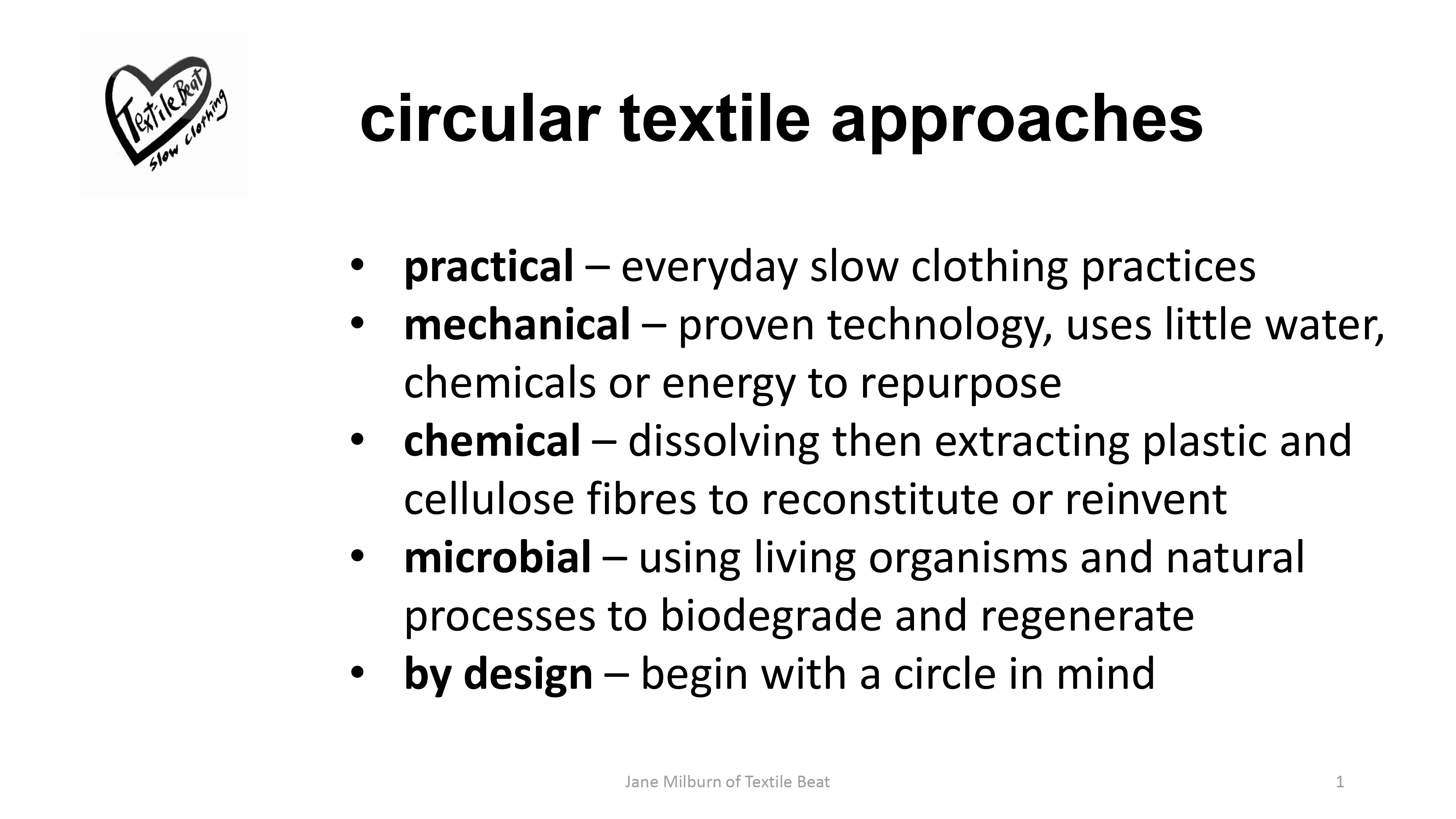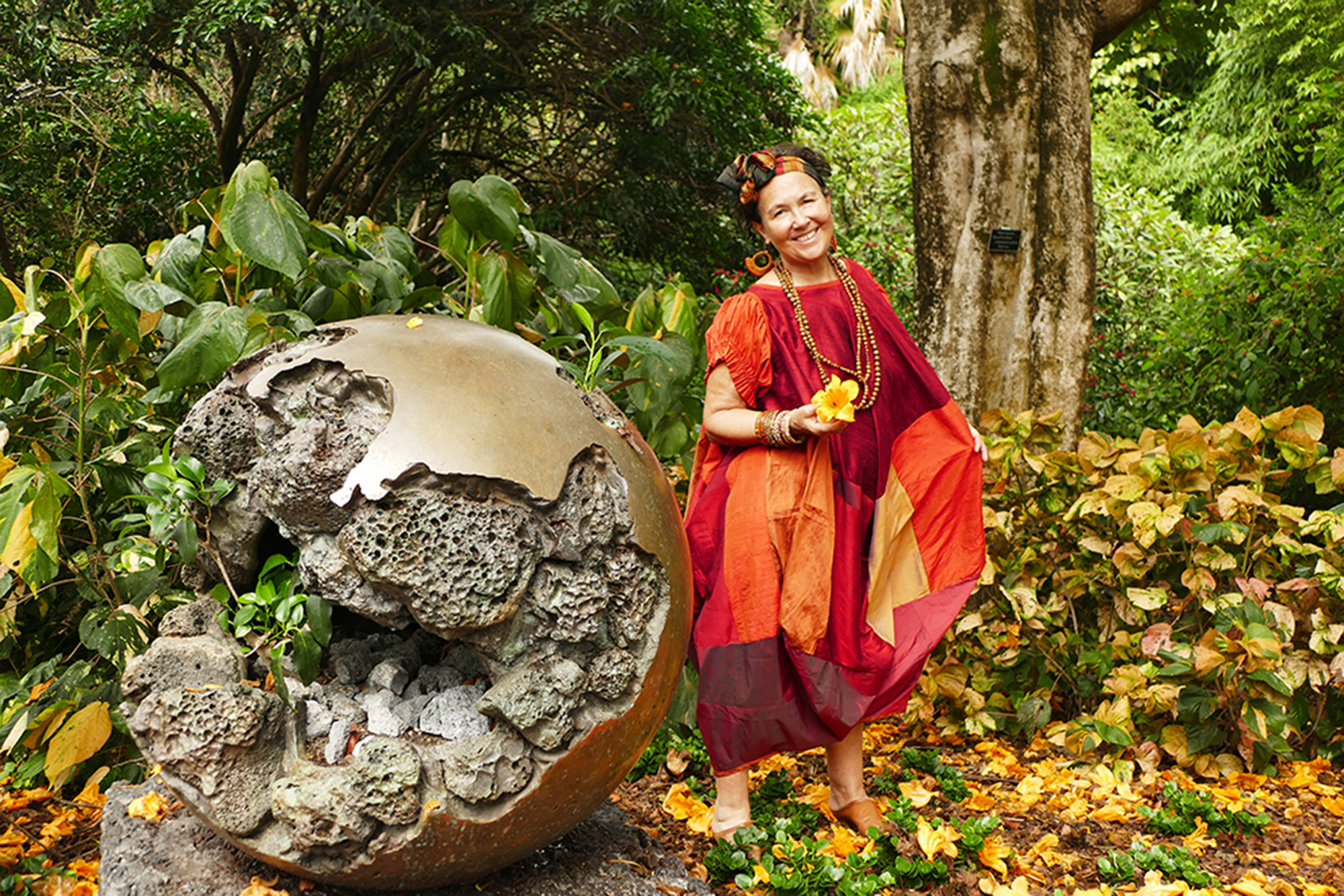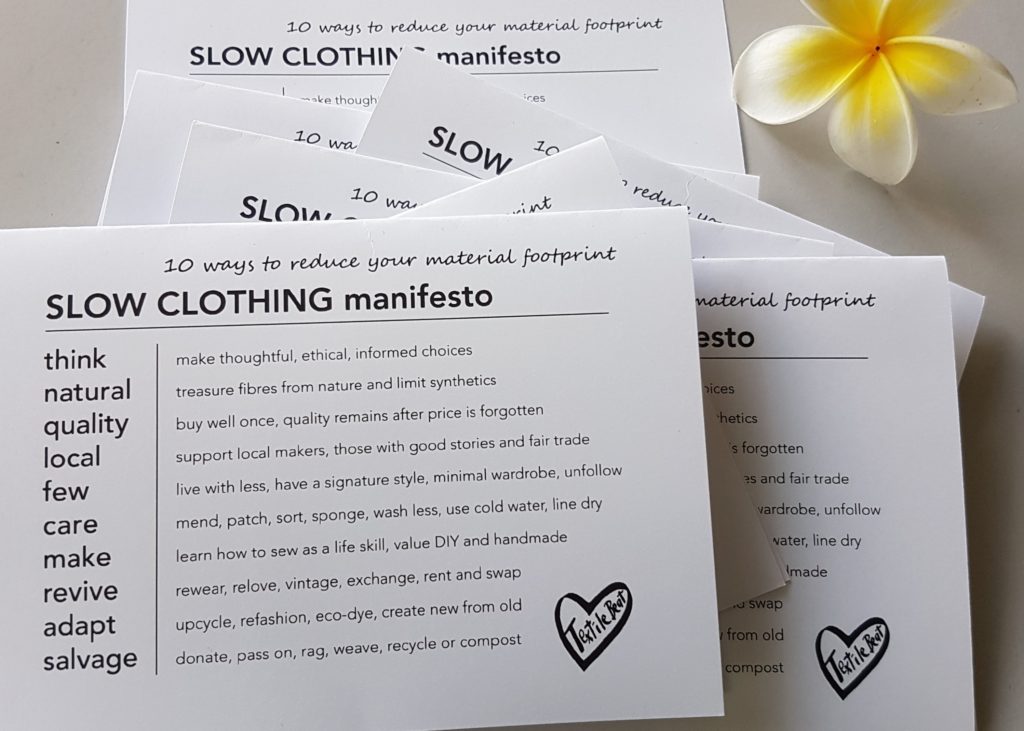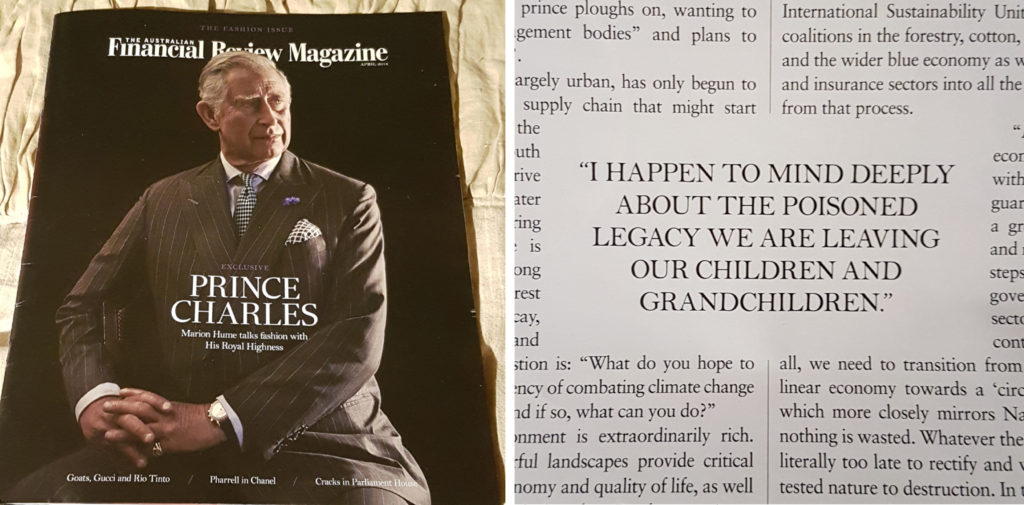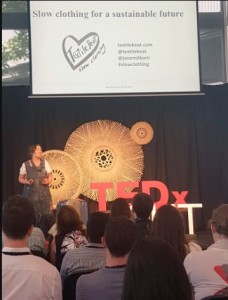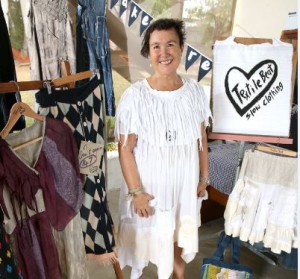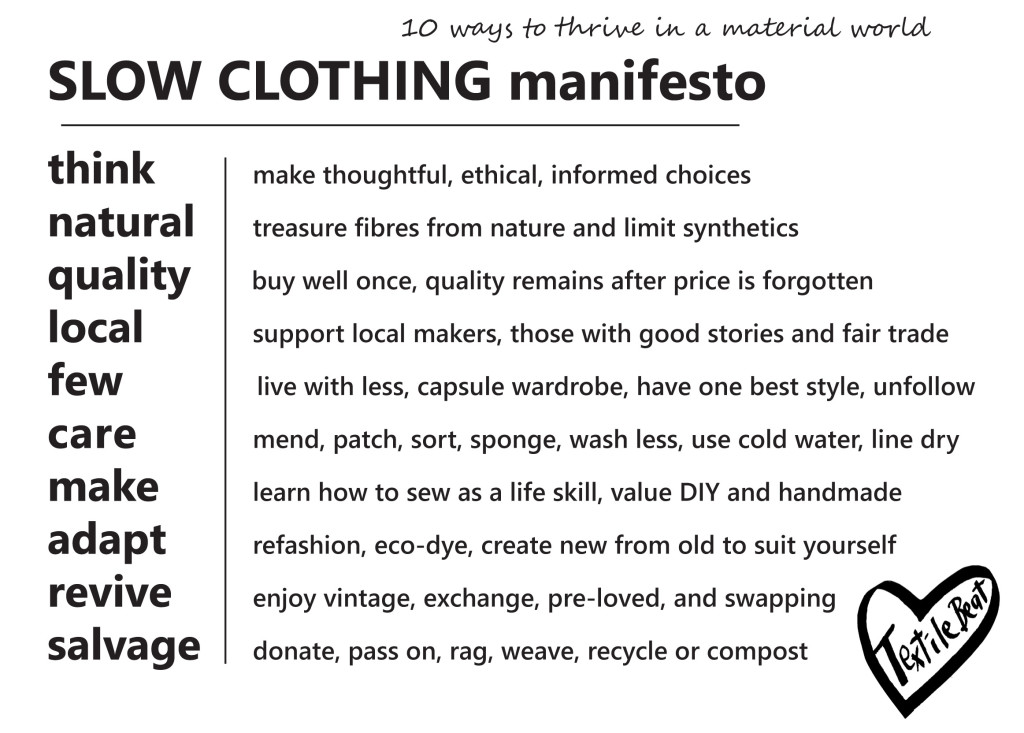Hot on the heels of Earth Day (April 22) and Fashion Revolution Week (April 18-24), Churchill fellow Jane Milburn departed on April 28 to undertake fellowship study investigating ways that being more aware and hands-on with clothes can help reduce our material footprint.
Clothing accounts for up to 10 percent of our environmental footprint and everyday practices that extend the lifespan of clothes – caring, repairing, rewearing, restyling, upcycling – can reduce its ecological impact and create independence from fast-fashion cycles.
Since 2012, Jane has advocated for living simply through sustainable practices with a particular focus on how we choose, care for and dispose of clothing. Jane won a Churchill Fellowship in 2019 to “investigate ways that hands-on upcycling can help reduce textile waste and enhance wellbeing” but her 2020 trip was postponed due to the pandemic. This week Jane begins eight weeks’ travel in New Zealand, the United States, the United Kingdom, and Japan to meet with slow fashion practitioners, academics and sustainability leaders.
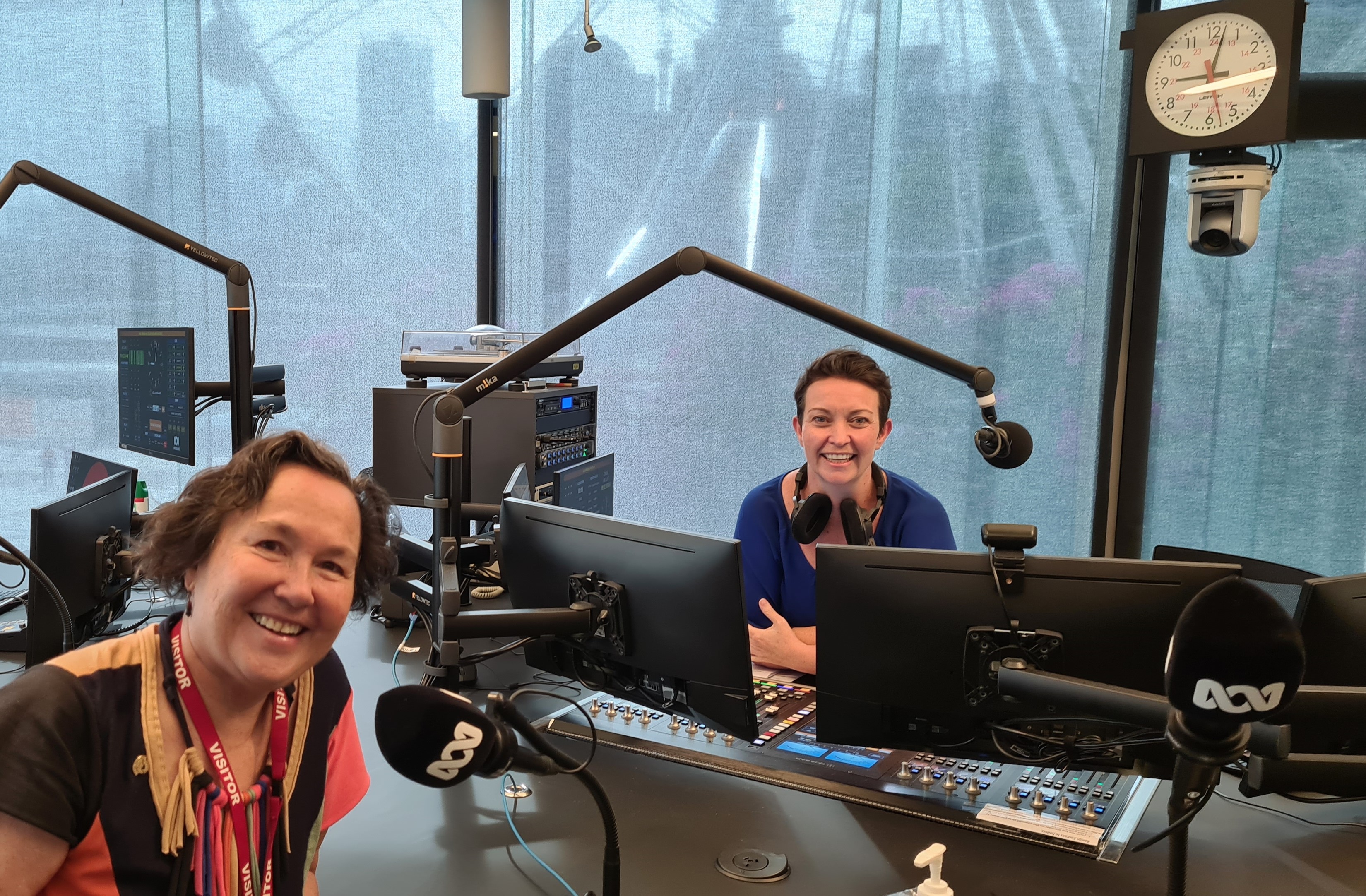
Jane Milburn interviewed by ABC Mornings Presenter Rebecca Levingston before leaving on her fellowship.
